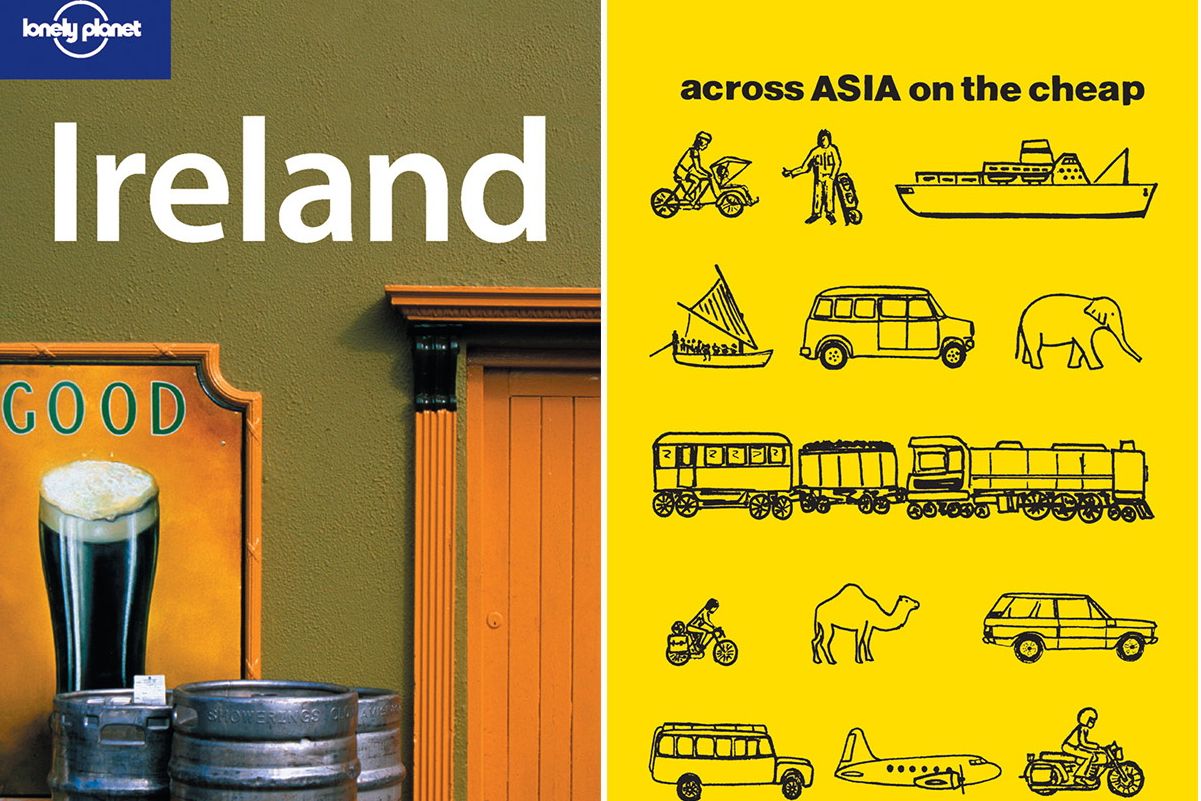Lonely Planet, the renowned travel guide publisher, is embracing the power of technology and social media while still maintaining the charm of traditional guidebooks. In an effort to adapt to the ever-changing digital world, the new Lonely Planet guides will feature QR codes for quick connections, sustainable travel suggestions, alternatives to overcrowded destinations, and revamped section layouts.
The updated guides will have a “Plan Your Trip” section, listings and information chapters, a comprehensive “Toolkit” covering basics like currencies, visas, and travel health, and a final section titled “The Storybook,” which will include essays written by diverse local voices. Chris Zeiher, the senior director for trade sales and marketing at Lonely Planet, affirms that even after 50 years, the company remains committed to shaping and inspiring travel.
Lonely Planet’s journey began in 1973 with the self-published book “Across Asia on the Cheap” by Maureen and Tony Wheeler. Back then, the world was vastly different; there was no Google, Ryanair, Instagram, euro, or digital cameras. Travelers relied on battered guidebooks, which served as their bibles and badges of honor on their bookshelves. While other guidebook brands like Rough Guide, Bradt, and Frommers gained popularity, Lonely Planet emerged as the leader in the field, having sold approximately 150 million copies of their guidebooks to date.
Lonely Planet guides stood out for their unique concept. They were not authored by a single individual but rather by a team of knowledgeable travelers who intimately knew each destination. Tom Hoban, from Dublin-based online bookseller LitVox, explains the significance of Lonely Planet guides, comparing them to a welcoming committee that directs travelers to hidden treasures, historical landmarks, cool bars, and happening restaurants.
Despite its success, Lonely Planet also faced criticism for contributing to issues like overtourism and the transformation of small communities. The brand was sold to the BBC in 2007 and later experienced a decline in sales due to the rapid growth of digital publishing. However, the Lonely Planet name has remained trusted and recognized. It is currently owned by Red Ventures, an American conglomerate, and continues to reach millions of travelers through its print, digital, and social media channels.
While AI-powered travel planning and AI-generated guidebooks pose new competition, Lonely Planet remains confident in its ability to adapt and thrive. The company’s new guides aim to be the travelers’ best friend in a continuously evolving digital world. Tom Hoban at LitVox confirms that there is still a demand for physical travel guides, especially among younger generations who value reliability and expertise in an era dominated by bot-led restaurant reviews and influencer-style travel blogs. Lonely Planet’s exceptional idea has proven resilient and irreplaceable by technology.
Denial of responsibility! VigourTimes is an automatic aggregator of Global media. In each content, the hyperlink to the primary source is specified. All trademarks belong to their rightful owners, and all materials to their authors. For any complaint, please reach us at – [email protected]. We will take necessary action within 24 hours.


